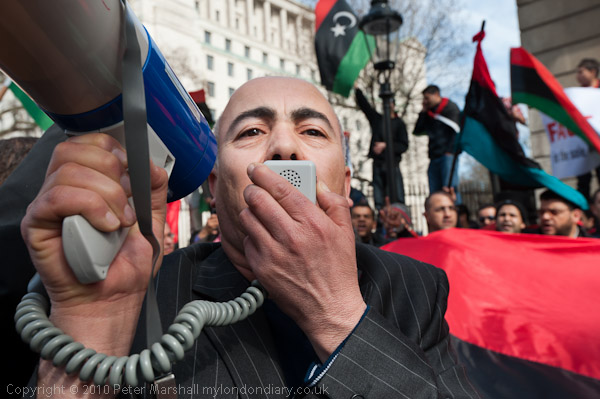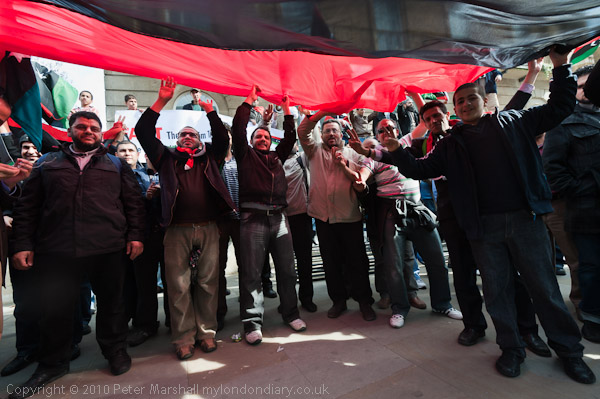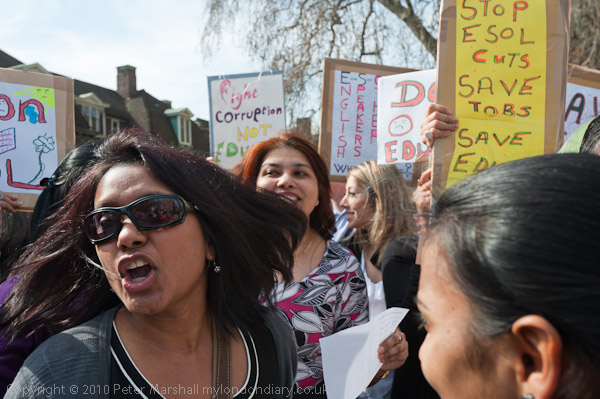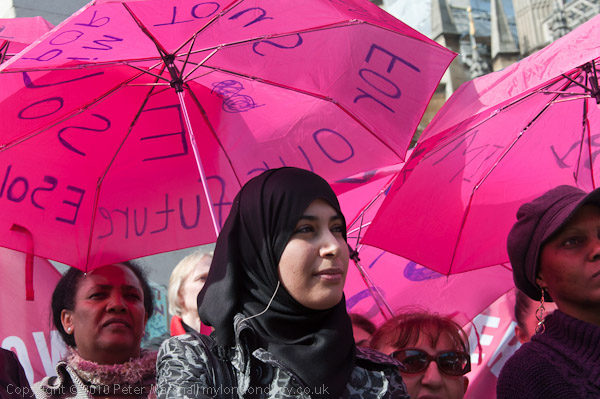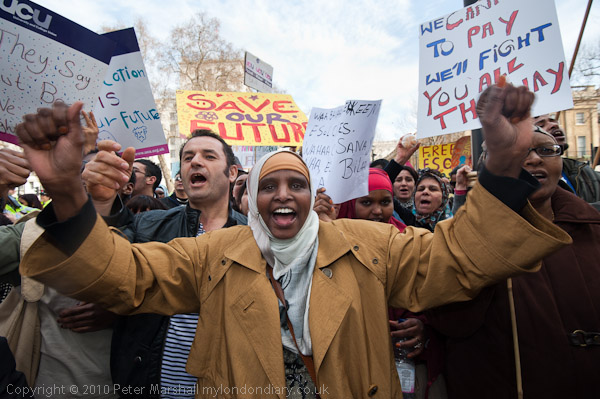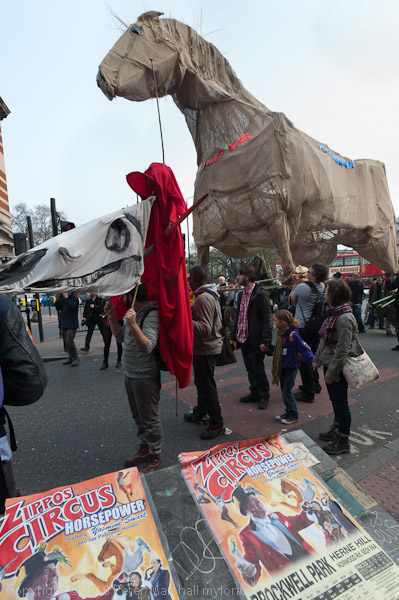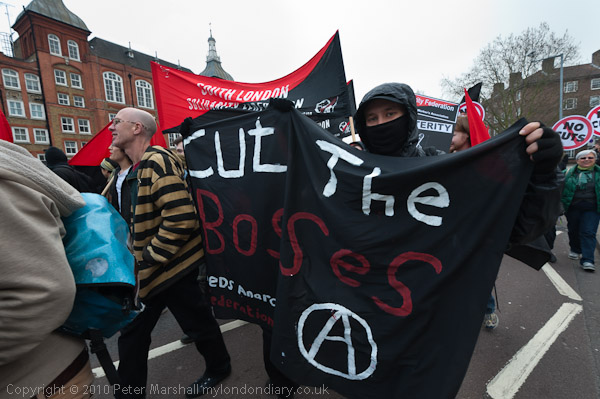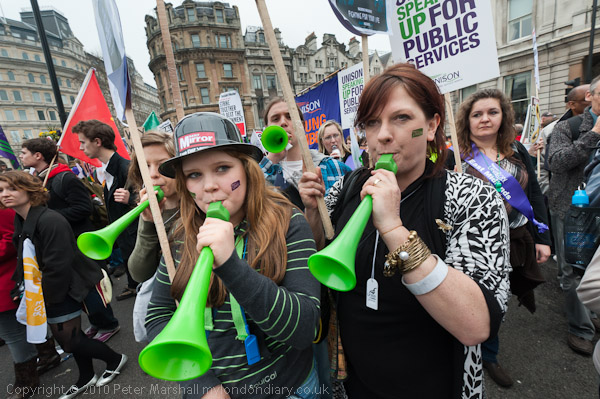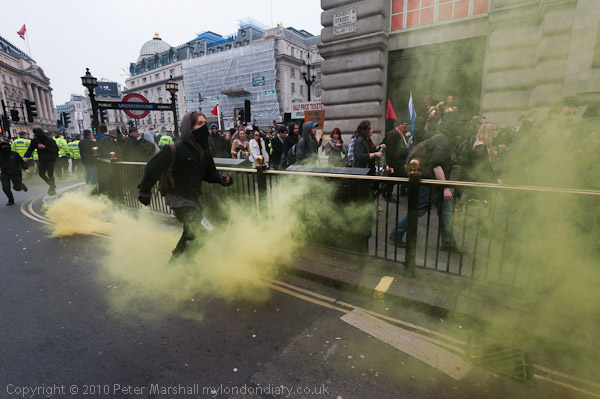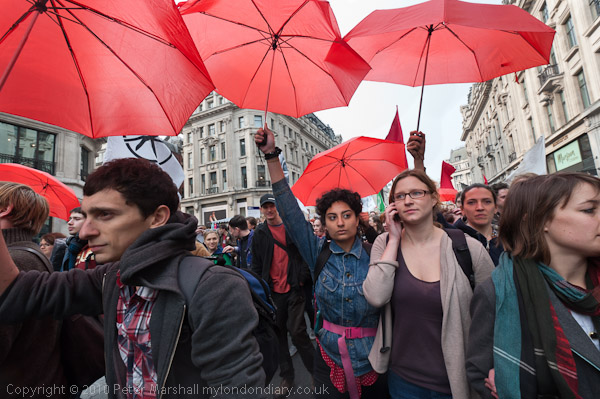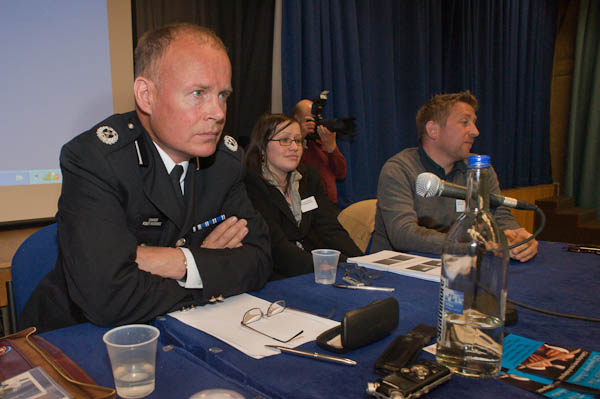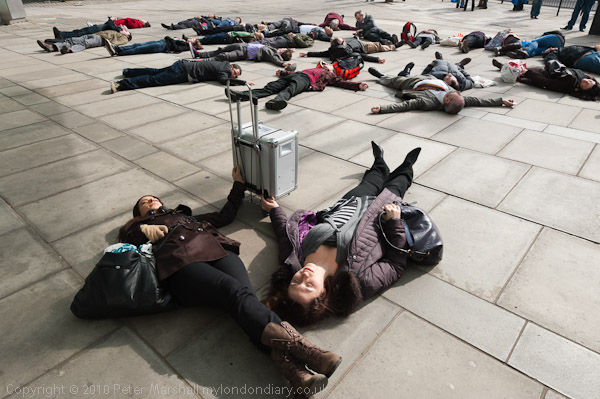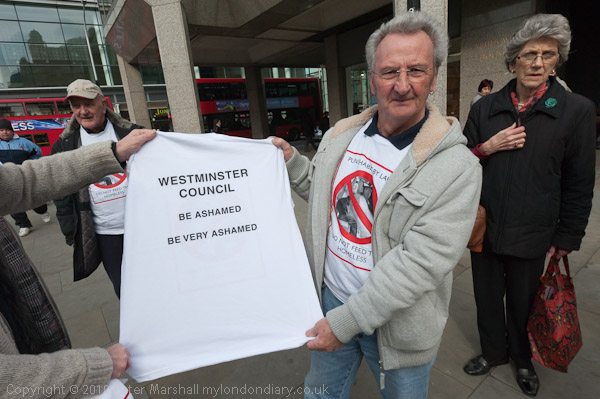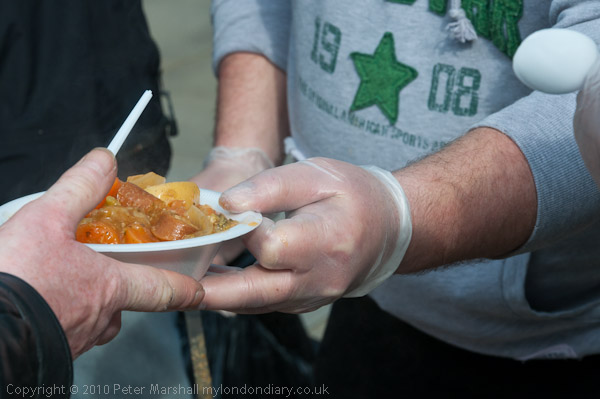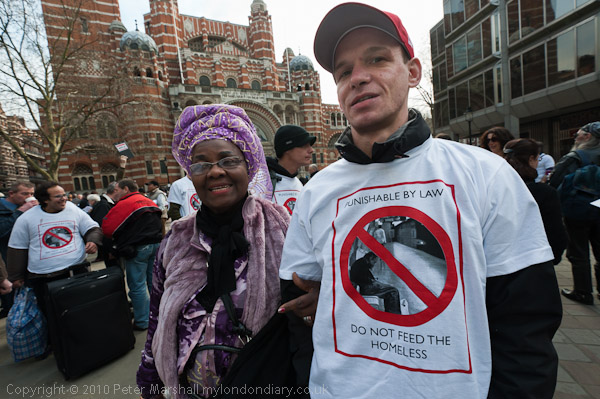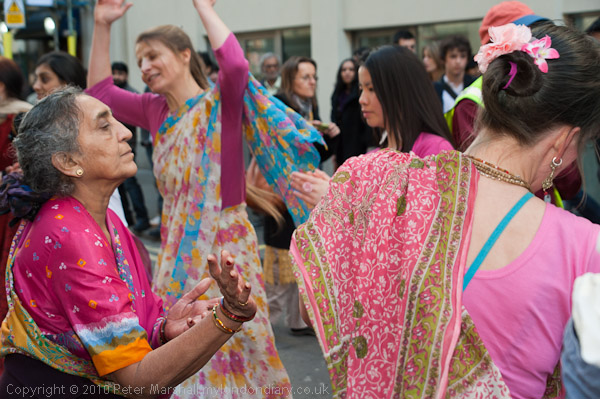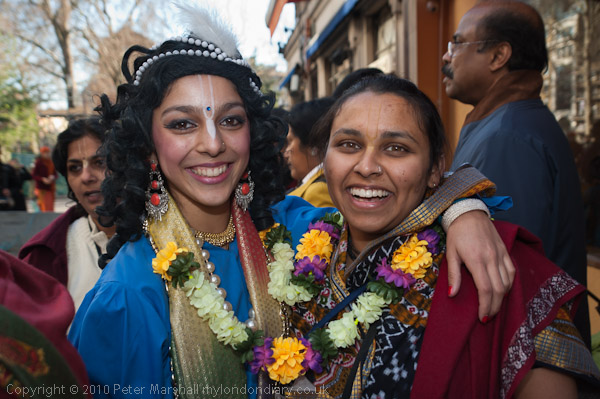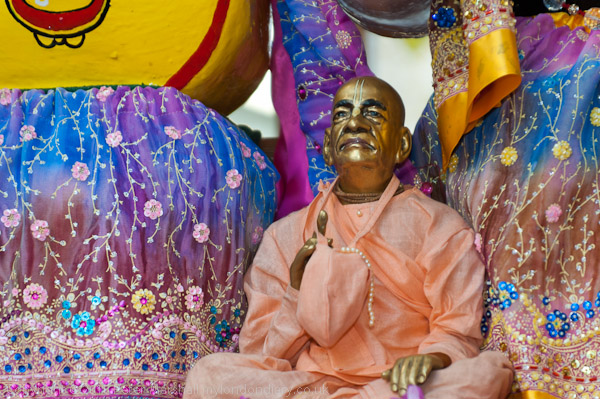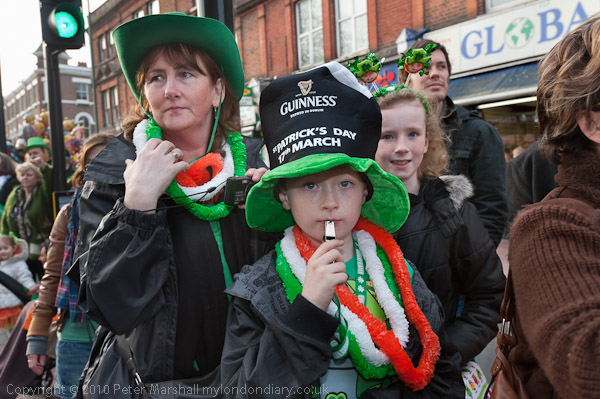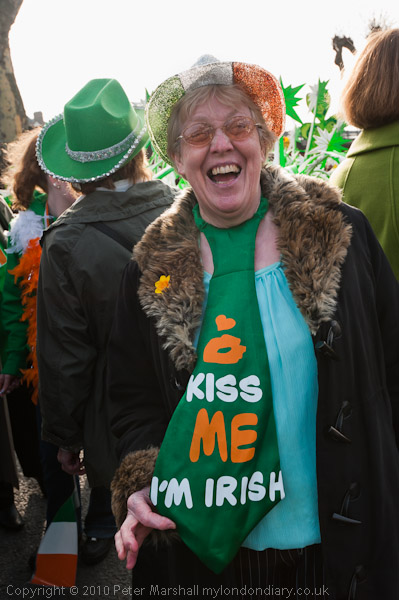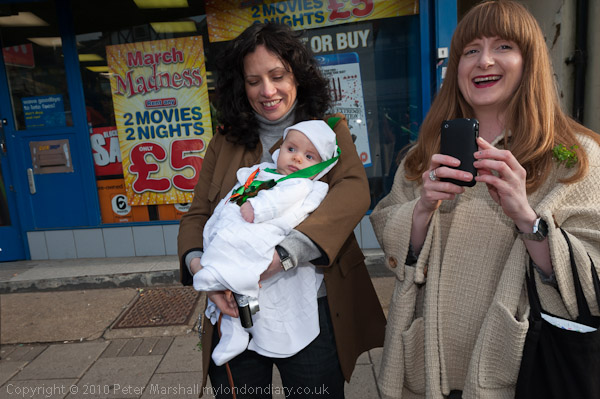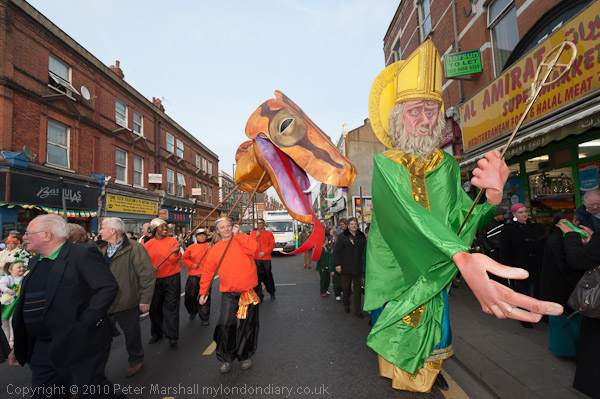I’ve never been a great fan of the Arts Council (AC), at least not since the late 1970s, when after a few years where they seemed just about to be getting the idea about supporting photographers and photographic publications they changed their policy to support institutions and curators. Even then, photography has never rated high on their agenda, reflecting a UK establishment that has never understood or valued photography.
For my first thirty-something years as a photographer I was able to say that I’d got more support from the AC’s poetry budget than from the visual arts; it hadn’t been a large amount, but I’d been paid on several occasions for supplying photographs to a poetry magazine funded with AC money, and it came to rather more than the few small exhibition grants I’d received. Mostly I’d chosen to organise and show in group shows which didn’t qualify for any support. And of course I’ve always been happier working outside institutions and the establishment – very much a part of the reason why I put a great deal of effort into the web from 1995 on.
But the AC has over the years supported a number of photographic institutions, some fairly lavishly, and others rather less so. Some very much more generously than they deserve – I think one gallery was at one point being subsided to the tune of more than £100 per person who walked through the doors, and many of their decisions appear more based on political than artistic criteria.
As a photographer the gallery that would come top of my list as the most important for photography in the UK has for years been Side Gallery in Newcastle, the only gallery in the country dedicated to documentary photography. And until now it has done so with the help of the AC. The decision announced yesterday to axe the grant for Side is a real kick in the teeth for photography in the UK, something that every photographer here should feel as a deep insult to our medium.
The reasons given for the decision are frankly ridiculous. The first reason they give is about governance – Side is a collective. So the AC isn’t going to fund it because it is actually run by people who are creators.
Secondly that the gallery needs AC funding and therefore isnt sustainable. To me this is an illogicality that beggars belief. The whole point of the AC would seem to me to be that it should be funding projects and institutions that would not otherwise be sustainable. I doubt if any of the other photographic institutions still funded by the AC would keep running – and certainly not running at anything like the same level – without that money. And if any could manage without, surely when cash is short, the AC should be cutting the funding to them.
The third AC argument that there are too many galleries dedicated to humanist documentary photography in Sides geographical location is quite simply false. It can only be understood if the AC are arguing that one such gallery – Side itself – is one too many. Because as Side point out in their more detailed response to the decision, the AC itself in its assessment
acknowledges that Side is the only dedicated documentary photography space in the north east. There is in fact no other gallery in the country dedicated to the crucial narratives of humanist documentary. This uniqueness and cultural importance in Side Gallerys work was amply made in a powerful and moving set of testimonies from internationally renowned photographers, which was attached to the National Portfolio application.
I don’t have any personal connection with Side, a gallery which I think I have only visited once on a fleeting visit, as Newcastle is rather a long distance from where I live, and I think I have only ever made two short visits there. But Side has been important to me, through the many exhibitions it has produced over the years – including shows which have come to London, because of the books that I have bought or read, photographers I have met, and in more recent years particularly through its web site and the Side Photographic Collection, much of which is available on line.
It is a unique resource, and one that is more than simply one for the north-east, one that is nationally and globally significant. I can only think of two other photographic institutions of comparable significance in the UK, and Side is the only contemporary one, the others – the Fox Talbot Museum and the RPS Collection – being of historical significance.
You can read more about the AC funding decisions and about the campaign to support Side Gallery on the British Journal of Photography. It is important for the photography community to get behind Side and show its support.
Please sign the I LOVE SIDE GALLERY! Petition – http://to.ly/9Vjw
